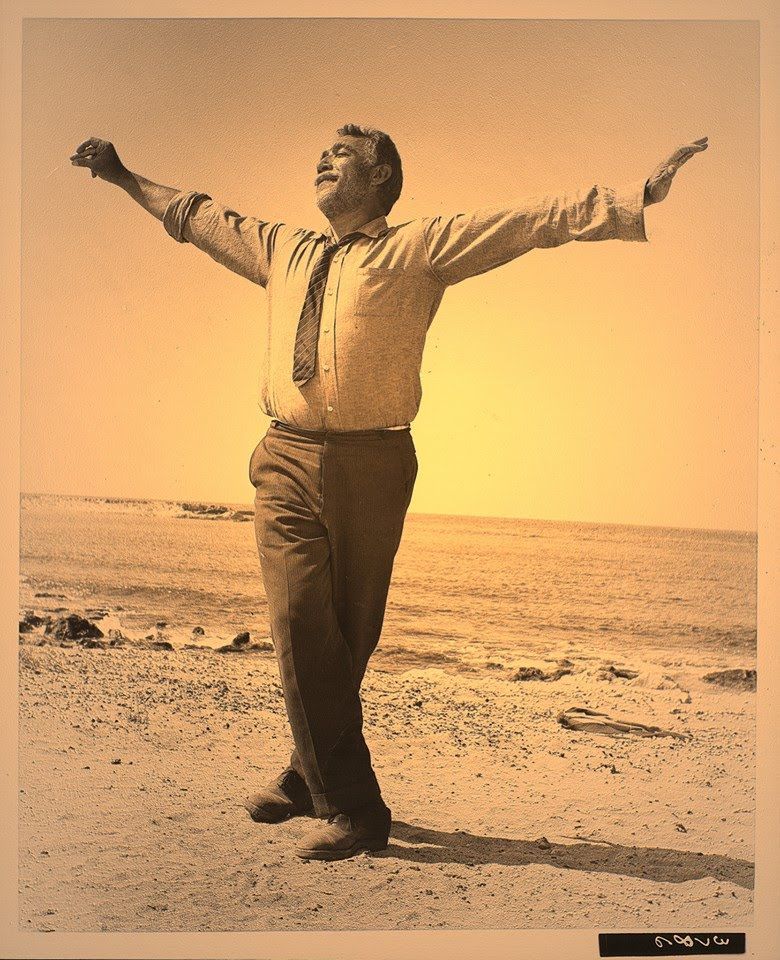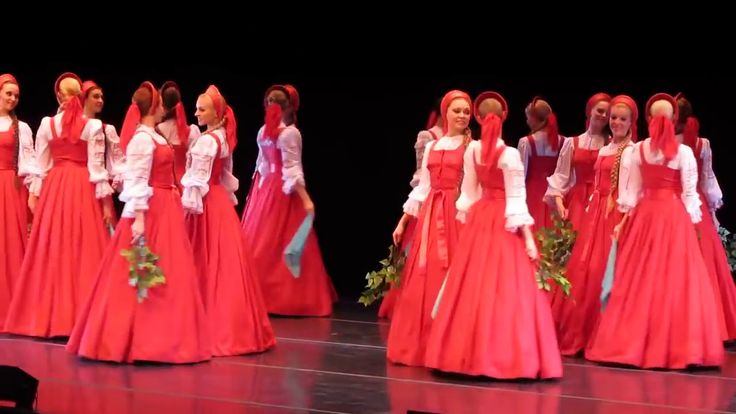How to dance greek zorba
404 - PAGE NOT FOUND
Why am I seeing this page?
404 means the file is not found. If you have already uploaded the file then the name may be misspelled or it is in a different folder.
Other Possible CausesYou may get a 404 error for images because you have Hot Link Protection turned on and the domain is not on the list of authorized domains.
If you go to your temporary url (http://ip/~username/) and get this error, there maybe a problem with the rule set stored in an .htaccess file. You can try renaming that file to .htaccess-backup and refreshing the site to see if that resolves the issue.
It is also possible that you have inadvertently deleted your document root or the your account may need to be recreated. Either way, please contact your web host immediately.
Are you using WordPress? See the Section on 404 errors after clicking a link in WordPress.
How to find the correct spelling and folder
Missing or Broken FilesWhen you get a 404 error be sure to check the URL that you are attempting to use in your browser. This tells the server what resource it should attempt to request.
http://example.com/example/Example/help.html
In this example the file must be in public_html/example/Example/
Notice that the CaSe is important in this example. On platforms that enforce case-sensitivity example and Example are not the same locations.
For addon domains, the file must be in public_html/addondomain.com/example/Example/ and the names are case-sensitive.
Broken ImageWhen you have a missing image on your site you may see a box on your page with with a red X where the image is missing. Right click on the X and choose Properties. The properties will tell you the path and file name that cannot be found.
This varies by browser, if you do not see a box on your page with a red X try right clicking on the page, then select View Page Info, and goto the Media Tab.
http://example.com/cgi-sys/images/banner.PNG
In this example the image file must be in public_html/cgi-sys/images/
Notice that the CaSe is important in this example. On platforms that enforce case-sensitivity PNG and png are not the same locations.
404 Errors After Clicking WordPress Links
When working with WordPress, 404 Page Not Found errors can often occur when a new theme has been activated or when the rewrite rules in the .htaccess file have been altered.
When you encounter a 404 error in WordPress, you have two options for correcting it.
Option 1: Correct the Permalinks- Log in to WordPress.
- From the left-hand navigation menu in WordPress, click Settings > Permalinks (Note the current setting. If you are using a custom structure, copy or save the custom structure somewhere.)
- Select Default.
 index.php$ - [L]
index.php$ - [L]
RewriteCond %{REQUEST_FILENAME} !-f
RewriteCond %{REQUEST_FILENAME} !-d
RewriteRule . /index.php [L]
</IfModule>
# End WordPressIf your blog is showing the wrong domain name in links, redirecting to another site, or is missing images and style, these are all usually related to the same problem: you have the wrong domain name configured in your WordPress blog.
How to modify your .htaccess file
The .htaccess file contains directives (instructions) that tell the server how to behave in certain scenarios and directly affect how your website functions.
Redirects and rewriting URLs are two very common directives found in a .htaccess file, and many scripts such as WordPress, Drupal, Joomla and Magento add directives to the .htaccess so those scripts can function.
It is possible that you may need to edit the .htaccess file at some point, for various reasons.This section covers how to edit the file in cPanel, but not what may need to be changed.
There are Many Ways to Edit a .htaccess File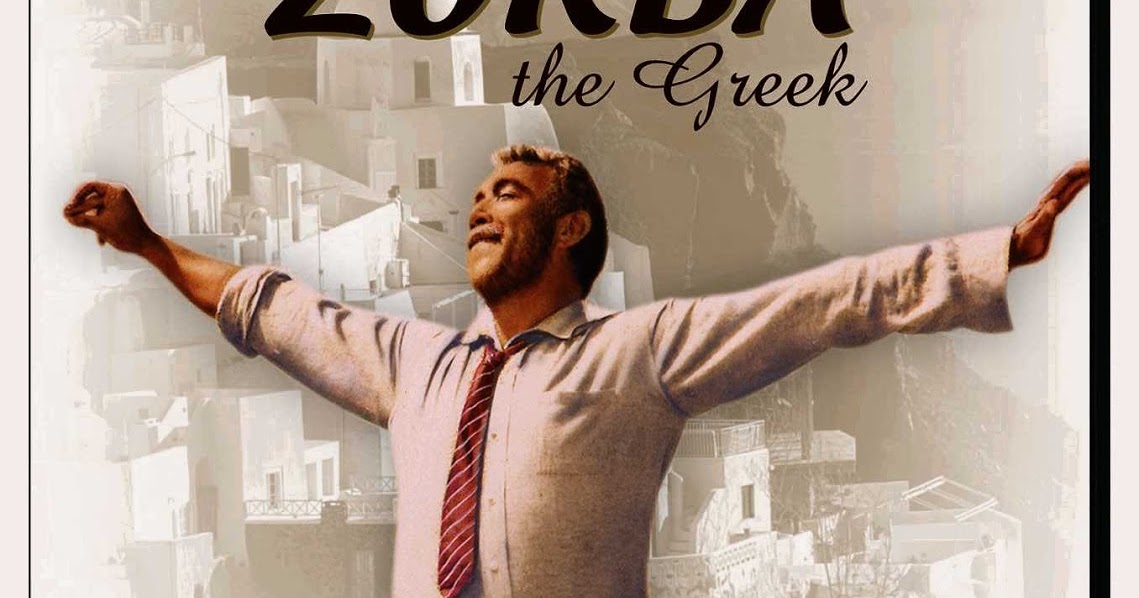 (You may need to consult other articles and resources for that information.)
(You may need to consult other articles and resources for that information.)- Edit the file on your computer and upload it to the server via FTP
- Use an FTP program's Edit Mode
- Use SSH and a text editor
- Use the File Manager in cPanel
The easiest way to edit a .htaccess file for most people is through the File Manager in cPanel.
How to Edit .htaccess files in cPanel's File ManagerBefore you do anything, it is suggested that you backup your website so that you can revert back to a previous version if something goes wrong.
Open the File Manager- Log into cPanel.
- In the Files section, click on the File Manager icon.
- Check the box for Document Root for and select the domain name you wish to access from the drop-down menu.
- Make sure Show Hidden Files (dotfiles)" is checked.

- Click Go. The File Manager will open in a new tab or window.
- Look for the .htaccess file in the list of files. You may need to scroll to find it.
- Right click on the .htaccess file and click Code Edit from the menu. Alternatively, you can click on the icon for the .htaccess file and then click on the Code Editor icon at the top of the page.
- A dialogue box may appear asking you about encoding. Just click Edit to continue. The editor will open in a new window.
- Edit the file as needed.
- Click Save Changes in the upper right hand corner when done. The changes will be saved.
- Test your website to make sure your changes were successfully saved. If not, correct the error or revert back to the previous version until your site works again.

- Once complete, you can click Close to close the File Manager window.
Syrtaki (2*), Zorba’s dance – seuGreek – Folkdance Footnotes
*2nd Generation dance. A dance that developed and was disseminated in a non-traditional way. 2G dances are specific – have a fixed format designed to correspond with the arrangement of a particular recording., whereas 1G dances are generic – have a shorter sequence that works with live music – where many different songs are played and arrangements vary according to the tastes of musicians and dancers. For more on the differences between 1st & 2nd G dances click here.
Syrtaki is a media invention. When Anthony Quinn taught Alan Bates to dance in Zorba the Greek, he was performing a combination Vari Hasapiko and fast Hasapiko, choreographed by Giorgios Provias, to match the musical score written by Mikis Theodorakis.
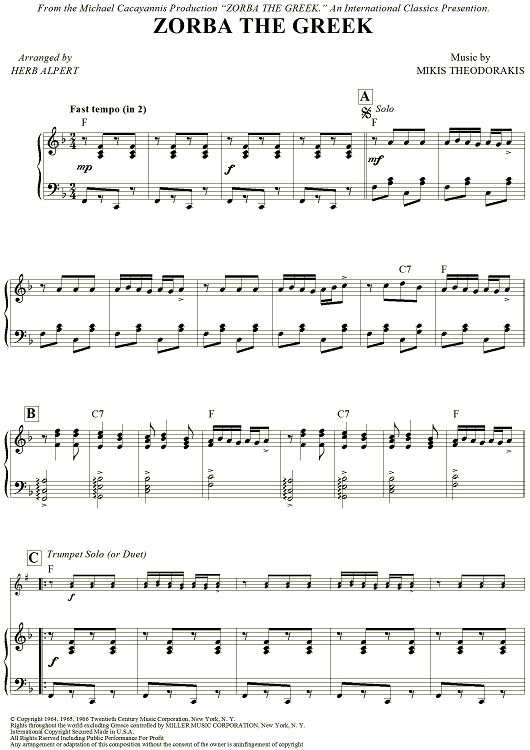 Starting slow and building up to a frenetic climax, it was a triumphant way to end a movie. Quinn had learned a more difficult dance, but sprained his ankle before shooting, so the final product is hardly a Greek dance at all.
Starting slow and building up to a frenetic climax, it was a triumphant way to end a movie. Quinn had learned a more difficult dance, but sprained his ankle before shooting, so the final product is hardly a Greek dance at all.When non-Greeks saw it, they thought it was a real Greek dance and soon tourists were demanding to be taught ‘Zorba’s Dance’. Since no such dance existed, everyone was free to do anything vaguely Greek that started slow and ended fast. Google ‘Zorba’ and ‘dance’ and look at the variations.
Someone started calling the dance Syrtaki, which means “little syrto” – a catchy name, even though the dance has nothing to do with a traditional Greek Syrto. It did however give the impression that Syrtaki was a real Greek dance, not just something from a movie.

If you want to dance a Syrtaki there are many printed dance notes you can learn. A better use of energy would be to learn Vari Hasapiko, Hassaposerviko, and fast Hasapiko. Then, instead of trying to perform someone else’s choreography, do what Zorba would do and dance as the spirit moves you!
Start slow, doing variations on Vari Hasapiko, including the basic step if you can. Sometimes the music gradually increases to a tempo suitable for Hassaposerviko. Sometimes it jumps abruptly to fast Hasapiko speed. Sometimes it even slows and speeds several times. Have fun with it. More than any other dance, with Syrtaki there is no right way or wrong way.
Like this:
Like Loading...
How "Sirtaki" appeared - Site about Crete
Cretan dances "Syrtos" and "Pidichthos" were the progenitors of the national Greek dance "Sirtaki". And few people know the amazing story of the origin of the Sirtaki dance. In fact, Sirtaki appeared not so long ago, in 1964, on the set of the film Zorba the Greek (based on the novel by famous writer Nikos Kazantzakis). And there was a dance, I must say, very spontaneously.
According to the script of the film, its main character, played by Antony Quinn, was supposed to show the national Greek dance to Basis. The beach scene was supposed to be quite short, about two minutes. Therefore, director Michael Kakoyanis faced a difficult task, to find a musician who would write music for this scene, so much so that in two minutes he could convey all the energy of Greek dance and make him believe that this is really a national dance.
 Kakoyanis entrusted such a difficult task to the Greek composer Mikis Theodorakis. And he handled it brilliantly. The dance itself, which, by the way, was called the Zorba Dance, was invented by Anthony Quinn. And to make it as similar to Greek as possible, Anthony Quinn personally trained the dance technique with the local population. And since the film was shot entirely on the island of Crete, Quinn learned to dance the most popular national Cretan dances - Sirtos and Pidichtos. nine0003
Kakoyanis entrusted such a difficult task to the Greek composer Mikis Theodorakis. And he handled it brilliantly. The dance itself, which, by the way, was called the Zorba Dance, was invented by Anthony Quinn. And to make it as similar to Greek as possible, Anthony Quinn personally trained the dance technique with the local population. And since the film was shot entirely on the island of Crete, Quinn learned to dance the most popular national Cretan dances - Sirtos and Pidichtos. nine0003 The dance invented by Anthony Quinn was literally glued together from Sirtos at the beginning of the dance and Pidichthos in the second (fast) part of the dance. From here appeared, which became insanely popular, the accelerating rhythm of the national Greek dance. But, if we compare Cretan dances and Sirtaki, it is clearly seen that they are not quite similar, Cretan dances are energetic, with a lot of jumps and various steps performed by the dancers, which, in fact, is not in Sirtaki. And all this despite the fact that Quinn quite well mastered the technique of local dances and the original version of the dance he invented was very similar to the dynamic Cretan dances, although it was pure improvisation.
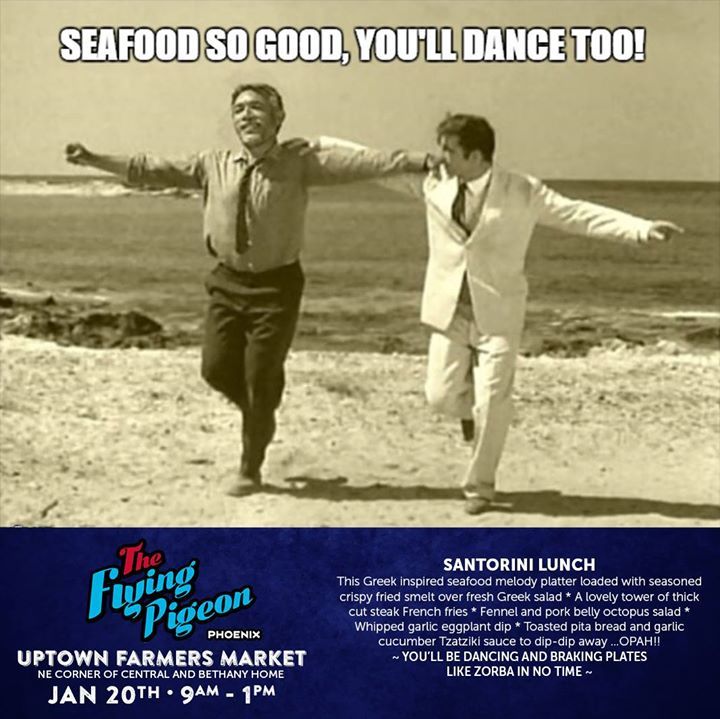 The fact is that before shooting the scene on the beach, Anthony Quinn broke his leg, and the crew was in danger of being left without this scene at all. But Quinn convinced director Michael Cacoyanis that he could do the "Zorba Dance" even with complicated leg swings. Naturally, the complex elements in the dance were never realized, but the dance turned out to be original and attractive in its own way. After filming the scene, Anthony Quinn revealed that his leg was so sore that it was impossible to lift it off the ground, let alone jump or swing. But Quinn found a painless way to move his bad leg - he dragged it across the sand. This is where this smooth and sliding step in Sirtaki came from. The name "Sirtaki" was invented by Anthony Quinn himself, and it came from the name of the dance "Syrtos" in a diminutive form. When Michael Cacoyanis asked him what kind of dance it was. Quinn sneered that it was the folk Greek dance "Sirtaki", which he was taught by a Greek. In his answer, Quinn seemed to justify himself that he had danced a dance, which, after all, was very different from what he would like to dance and what he had learned from the locals.
The fact is that before shooting the scene on the beach, Anthony Quinn broke his leg, and the crew was in danger of being left without this scene at all. But Quinn convinced director Michael Cacoyanis that he could do the "Zorba Dance" even with complicated leg swings. Naturally, the complex elements in the dance were never realized, but the dance turned out to be original and attractive in its own way. After filming the scene, Anthony Quinn revealed that his leg was so sore that it was impossible to lift it off the ground, let alone jump or swing. But Quinn found a painless way to move his bad leg - he dragged it across the sand. This is where this smooth and sliding step in Sirtaki came from. The name "Sirtaki" was invented by Anthony Quinn himself, and it came from the name of the dance "Syrtos" in a diminutive form. When Michael Cacoyanis asked him what kind of dance it was. Quinn sneered that it was the folk Greek dance "Sirtaki", which he was taught by a Greek. In his answer, Quinn seemed to justify himself that he had danced a dance, which, after all, was very different from what he would like to dance and what he had learned from the locals.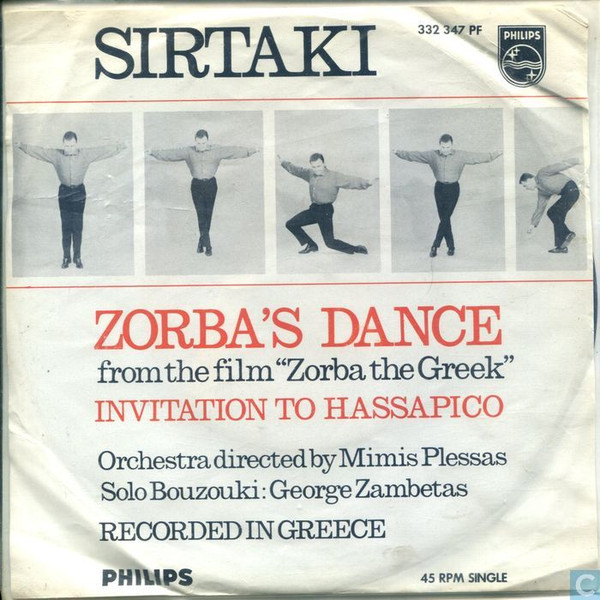 But a little time passed before the film "Zorba the Greek" really fell in love with the Greeks, and the "Zorba Dance" touched the Greeks so much that it instantly became the most popular Greek dance and very soon was recognized at the legislative level as a national Greek dance. All over the world, the Zorba Dance became known as the Sirtaki dance, and the dance itself became one of the main symbols of Greece. nine0003
But a little time passed before the film "Zorba the Greek" really fell in love with the Greeks, and the "Zorba Dance" touched the Greeks so much that it instantly became the most popular Greek dance and very soon was recognized at the legislative level as a national Greek dance. All over the world, the Zorba Dance became known as the Sirtaki dance, and the dance itself became one of the main symbols of Greece. nine0003 Reference: Anthony Quinn - full name Antonio Rudolfo Oaxaca Quinn - American actor, artist and writer of Mexican origin. Years of life 04/21/1915 - 06/03/2001. Anthony Quinn has won two Oscars for his roles in Hail Zapata and Lust for Life.
Greek dances (part 2) - Moscow Society of Greeks
March 31, 2018Dance is an opportunity to express your soul in plastic. Movements, postures of the performer tell about his feelings and experiences. Folk dance is the ancestor of all other types of this art. Each locality has its own rhythms, movements, postures, costumes, and so on.
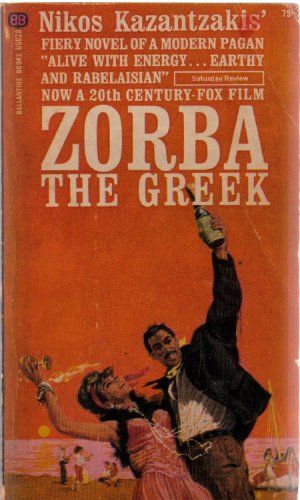 Greek dances in their homeland are so popular that they are danced even in discos. They are even taught to tourists who have come to rest. nine0014
Greek dances in their homeland are so popular that they are danced even in discos. They are even taught to tourists who have come to rest. nine0014 Igor Semenikhin - Sirtaki
Greek dancesLet's get to know them better. Greek dances are popular not only among the representatives of this people themselves, but in many other countries they are danced with pleasure. Greek music and dance are studied in many European and American universities. And even performed live by ensembles using bouzouki . This is a Greek folk instrument, similar to a mandolin, which can be easily combined with any other: accordion, guitar, piano, and so on. Its sound is modest and languid. nine0014
There was a huge number of dances in Greece - more than 200. They were divided into 5 groups: ritual, sacred (performed during sacrifices), stage, domestic and civil (they were danced at public holidays). In ancient Greece, dance was considered a gift from the Gods, which combines spiritual and physical beauty.
 The muse of Terpsichore is designed to teach the soul and body to combine correctly with each other.
The muse of Terpsichore is designed to teach the soul and body to combine correctly with each other.
Sirtaki (from the Greek συρτάκι - touch) is a popular dance created in 1964 for the film Zorba the Greek. It is not a Greek folk dance, but is a combination of slow and fast versions of hasapiko , an ancient warrior dance. The sirtaki dance, as well as the music for it, written by the Greek composer Mikis Theodorakis, is sometimes called the "Dance of the Zorba". The choreographer of the film and, in particular, the dance of Zorba and Basil in the final scene, was Yorgos Provias.
After the release of the film, sirtaki became the most popular Greek dance in the world and one of the symbols of Greece. nine0014
Sirtaki dance standing in a line or, more rarely, standing in a circle, with their hands on the shoulders of their neighbors. The meter is 4/4, the tempo is increasing, and often in the fast part of the dance the meter changes to 2/4.
 Sirtaki begins with slow, smooth movements, gradually turning into faster and sharper ones, often including jumps and jumps.
Sirtaki begins with slow, smooth movements, gradually turning into faster and sharper ones, often including jumps and jumps.
Khasapiko (Greek χασάπικο; "butcher's dance") is a Greek folk dance that previously had ceremonial and applied significance and was performed as a military ritual. nine0014
According to the popular version, the hasapiko is a military dance performed by selected units of warriors of the Byzantine era, called cassapides. The steps of the dance were very simple and consisted of the following: the warrior entered the battlefield and tried to destroy all the enemies. In other words, these "dancers" were chosen warriors who repeated their actions on the battlefield. These warriors danced the kassapiko at the festivals, and this distinguished them from other units.
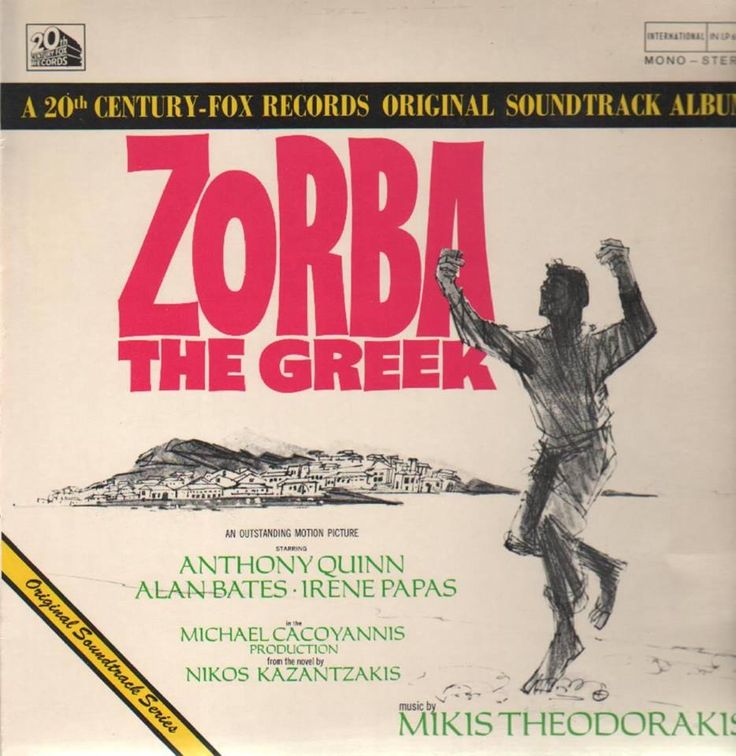 Then in the Greek language in the name of the dance one letter “s” left and “k” changed to “x”, and thus the dance of hasapiko appeared. The butcher in Turkish is “kasap”, and in Greek “makelarios”, thus in Greece the dance began to be called “makelarikos”. nine0014
Then in the Greek language in the name of the dance one letter “s” left and “k” changed to “x”, and thus the dance of hasapiko appeared. The butcher in Turkish is “kasap”, and in Greek “makelarios”, thus in Greece the dance began to be called “makelarikos”. nine0014 The slow version of the dance is called "hasapiko heavy" (wari hasapiko) and is danced to a 4/4 rhythm. For the faster version, the rhythm is 2/4.
Zeibekiko - e This Greek folk dance originated in Ancient Thrace. Its name comes from the name of the soldiers - zembekid. Their descendants came to Greece after the disaster and brought with them this ancient ancestral dance. Only men performed zeibekikos. This is the only solo Greek dance known to the world. The steps in it are always built on improvisations.
